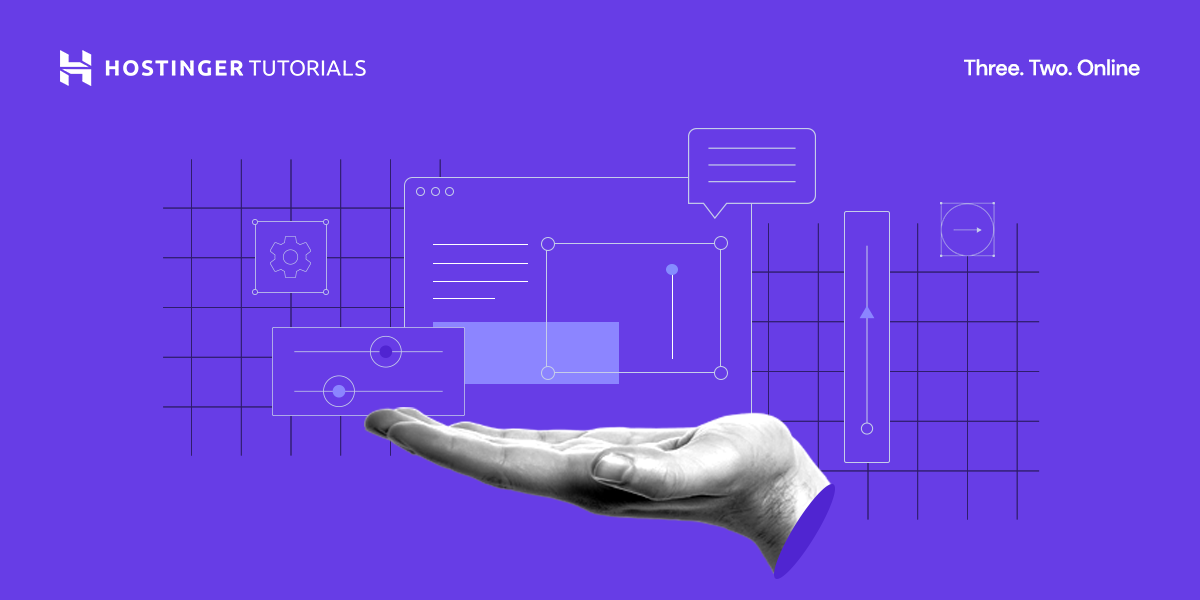Website Optimization: Tips For Reducing Page Abandonment
Have you ever wondered why visitors leave your website without taking any action? In this article, we will discuss website optimization tips to reduce page abandonment and improve user experience.
What is Page Abandonment?
Page abandonment occurs when a visitor leaves a webpage without taking any desired action, such as making a purchase or filling out a form. This can happen for various reasons, including slow loading times, complex navigation, and unattractive design. By optimizing your website, you can prevent page abandonment and increase conversions.
Understanding the Reasons Behind Page Abandonment
When a visitor abandons a webpage, it’s important to understand the reasons behind their decision. Common factors contributing to page abandonment include:
- Slow loading times: Visitors are impatient and will leave if a webpage takes too long to load.
- Poor design: Cluttered or unattractive design can deter visitors from exploring further.
- Lack of trust: If a website looks unprofessional or lacks secure payment options, visitors may not feel comfortable making a purchase.
- Confusing navigation: Complex menus or unclear calls-to-action can lead to frustration and abandonment.
Understanding these reasons will help you identify areas for improvement and ultimately reduce page abandonment.
Tips for Optimizing Your Website
To reduce page abandonment and improve user experience, consider implementing the following tips for website optimization:
1. Optimize Loading Times
One of the most common reasons for page abandonment is slow loading times. Visitors expect websites to load quickly, and if they don’t, they will likely leave. To optimize loading times, consider the following strategies:
| Action | Description |
|---|---|
| Compress Images | Large image files can slow down loading times. Compress images before uploading them to your website. |
| Minimize HTTP Requests | Reduce the number of HTTP requests by combining CSS and JavaScript files. |
| Use a Content Delivery Network (CDN) | Distribute your website’s content across multiple servers to improve loading times for visitors around the world. |
By optimizing loading times, you can keep visitors engaged and prevent them from leaving your website.
2. Improve Website Design
A visually appealing and user-friendly design can significantly impact user experience and reduce page abandonment. Consider the following design tips for website optimization:
| Action | Description |
|---|---|
| Use White Space | White space helps improve readability and makes your website look clean and organized. |
| Utilize Responsive Design | Ensure your website is mobile-friendly and adapts to different screen sizes for a seamless user experience. |
| Simplify Navigation | Make it easy for visitors to find what they’re looking for by creating a clear and intuitive navigation menu. |
By improving your website’s design, you can create a positive first impression and encourage visitors to explore further.
3. Build Trust with Your Visitors
Establishing trust with your visitors is essential for reducing page abandonment and increasing conversions. Consider the following strategies to build trust with your audience:
| Action | Description |
|---|---|
| Display Trust Seals | Show trust seals, such as SSL certificates or security badges, to assure visitors that their information is safe. |
| Showcase Customer Testimonials | Display testimonials from satisfied customers to establish credibility and build trust with new visitors. |
| Provide Clear Contact Information | Make it easy for visitors to contact you by including clear contact information on your website. |
By building trust with your audience, you can increase conversions and reduce the likelihood of visitors abandoning your website.
4. Simplify the Checkout Process
A complicated checkout process can lead to frustration and page abandonment. To optimize the checkout process and improve conversions, consider the following tips:
| Action | Description |
|---|---|
| Enable Guest Checkout | Allow customers to make a purchase without creating an account to streamline the checkout process. |
| Display Progress Indicators | Clearly show customers where they are in the checkout process to reduce confusion and improve user experience. |
| Offer Multiple Payment Options | Provide customers with a variety of payment options to accommodate their preferences and increase conversions. |
Simplifying the checkout process can help reduce cart abandonment and encourage visitors to complete their purchase.
5. Monitor and Analyze User Behavior
Regularly monitoring and analyzing user behavior on your website can provide valuable insights into areas for improvement. Consider the following tips for tracking and analyzing user behavior:
| Action | Description |
|---|---|
| Use Google Analytics | Track user engagement, bounce rates, and conversions using Google Analytics to identify patterns and trends. |
| Conduct A/B Testing | Test different variations of webpages to determine which designs or content perform best with your audience. |
| Implement Heatmapping | Use heatmapping tools to visualize where visitors click, scroll, and spend the most time on your website. |
By monitoring and analyzing user behavior, you can make data-driven decisions to optimize your website and reduce page abandonment.
Conclusion
Reducing page abandonment is essential for improving user experience and increasing conversions on your website. By implementing website optimization strategies such as optimizing loading times, improving website design, building trust with visitors, simplifying the checkout process, and monitoring user behavior, you can create a positive and engaging experience for your audience. Start implementing these tips today to reduce page abandonment and achieve your website goals.









